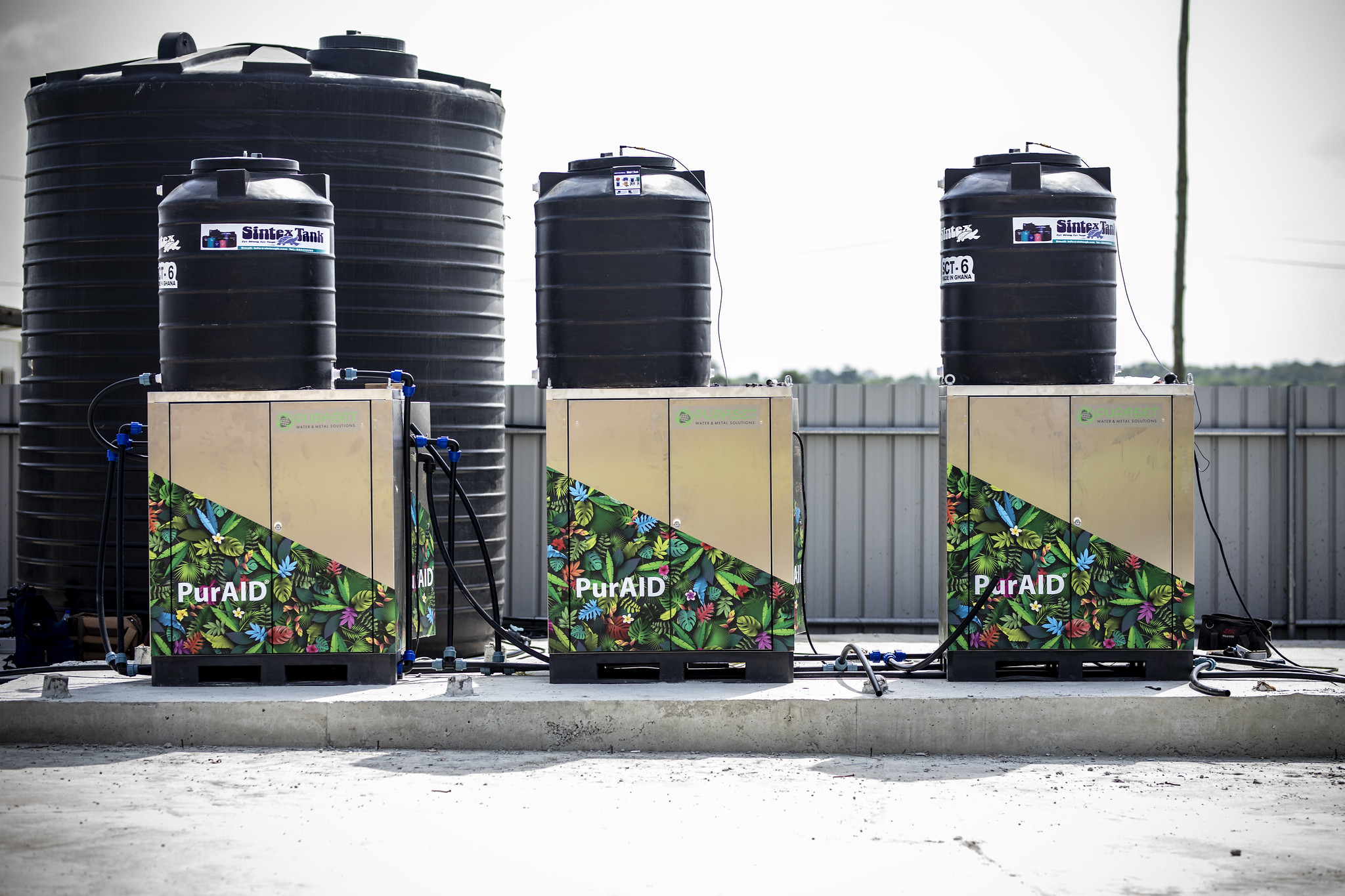Arsenic removal in Hungary, Tiszagyenda
Content
Our latest domestic reference - an adsorbent removal project in Tiszagyenda
We offer our regenerable adsorbents for water utilities in customized schemes both abroad and at home.
As an example, at the drinking water treatment plant of Tiszagyenda, Hungary the installation of arsenic removal technology was implemented in a long-term lease arrangement supporting a cost-effective and developmental investment
We have long struggled with how to improve drinking water quality.
The arsenic content of the purified water was several times above the limit value, resulting in a yellowish-brown colour to the purified water and a large amount of arsenic sludge. This problem has been solved with the recent investment, after installing a new regenerative adsorbent-based water purification technology in a village of more than 1,000 inhabitants.
In Tiszagyenda, we installed an arsenic removal device (AsMet), which is integrated into the existing technology and is designed to reduce the hectic and high (80μg/l) arsenic content of any local water well.
By using regenerable adsorbent-based drinking water treatment technology, the quality and safety of drinking water in the municipality and the operator's cost management were improved without increasing the burden on consumers.
The experience shows that the system can purify the fluctuating arsenic content of incoming raw water to below 2 micrograms per litre. This keeps the arsenic content well below the limit value.
Fluctuating arsenic levels, different forms of arsenic and capacity variations were not a problem.
The transition to the new technology was swift and smooth, and this long-standing health problem in Tiszagyenda has been eliminated to the satisfaction of the local consumers.
PurAID® project in Ghana
Intro
Our first project in Ghana, the trial operation of our PurAID® modular, mobile, pallet-based water purification equipment installed in the settlement of Akim Wenchi, has been successfully completed. With the help of PurAID®, iron and manganese impurities, as well as disease-causing bacteria, are removed from the water of the public wells of the town of 12,000 inhabitants.
Properties
- Subtitle
Three more PurAID® units in Ghana
Intro
Provided to the construction camp for engineers and contractors building a road network, three of our plants purify drinking water
Properties
- Subtitle



